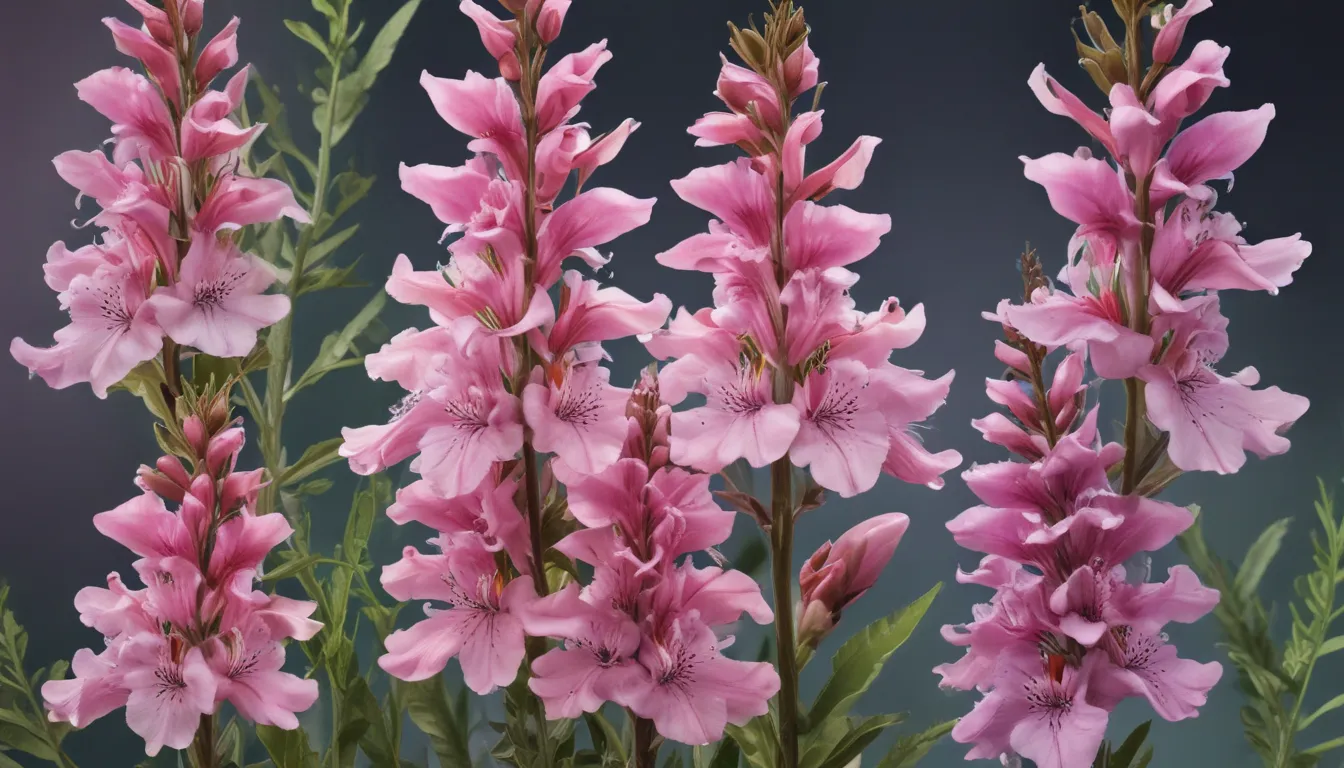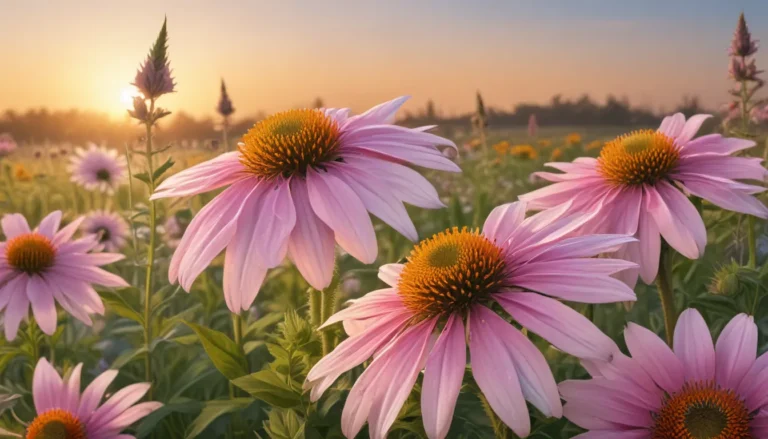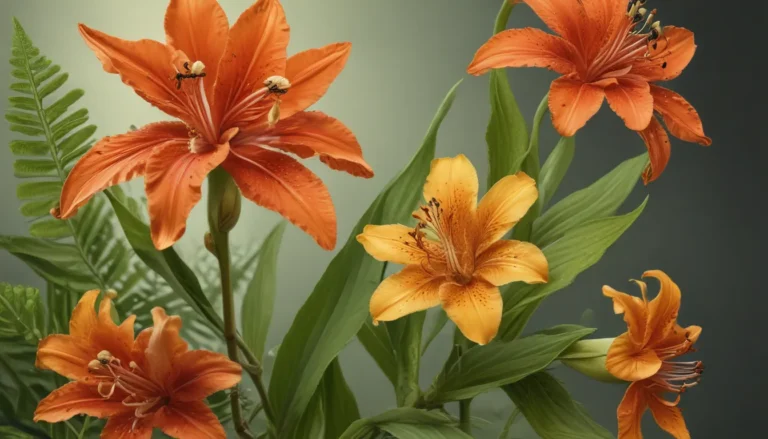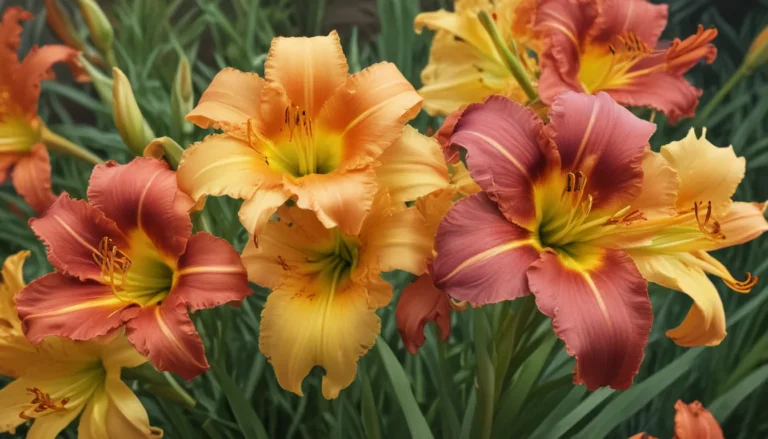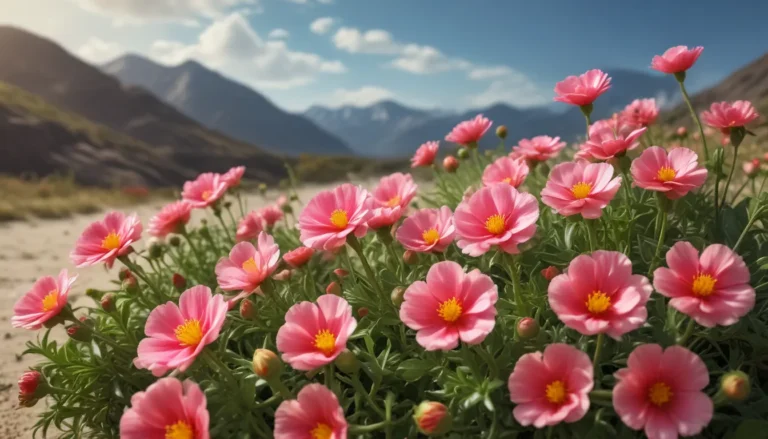The pictures we use in our articles might not show exactly what the words say. We choose these pictures to make you interested in reading more. The pictures work together with the words but don’t take their place. The words still tell you the important facts.
Are you ready to embark on a journey through the captivating world of Penstemon plants? These fascinating flowering plants, also known as beardtongue, belong to the Plantaginaceae family and boast over 250 known species. Penstemon plants are renowned for their vibrant tubular flowers that attract pollinators like bees and hummingbirds. Native to North and Central America, these versatile plants thrive in a variety of climates and conditions. Join us as we uncover eight intriguing facts about Penstemon that will deepen your appreciation for these delightful plants and inspire your gardening endeavors.
Delving into the World of Penstemon
Penstemon, also known as beardtongue, is a stunning flowering plant that hails from North America. It graces various regions of the United States and Canada with its colorful blooms, creating a picturesque sight in gardens and landscapes.
The Diversity of Penstemon Species
With a staggering number of over 250 recognized species, Penstemon offers a diverse array of characteristics and flower formations. This diversity provides gardeners and enthusiasts with a multitude of options when selecting the perfect Penstemon for their outdoor spaces.
Creating a Haven for Pollinators
Penstemon flowers are a favorite among pollinators due to their nectar-rich blooms. Bees, hummingbirds, and butterflies are drawn to these vibrant flowers, making Penstemon an essential addition to any pollinator-friendly garden.
Embracing Drought Tolerance
Many Penstemon species exhibit exceptional drought tolerance, making them an excellent choice for arid or dry climates. Their ability to thrive in conditions with limited water availability makes them a low-maintenance option for gardeners seeking resilient plants.
Enjoying a Prolonged Blooming Period
One of Penstemon's standout features is its long blooming period. Depending on the species, these flowers can grace your garden with their vibrant hues from the early days of spring well into the late summer or early fall.
Unveiling Medicinal Properties
In various Native American cultures, specific species of Penstemon were valued for their medicinal properties. They were traditionally brewed into teas to address a range of ailments such as respiratory issues and digestive problems.
Cultivating with Ease
Penstemon plants are known for their easygoing nature, making them a popular choice for gardeners of all skill levels. With proper care, these hardy perennials can flourish in various soil conditions and sun exposures.
Embracing Symbolism and Meaning
Penstemon is often associated with symbolic meanings such as strength, resilience, and protection. Offering a bouquet of Penstemon flowers can convey a message of encouragement and support during challenging times.
Enriching Your Gardening Experience with Penstemon
Penstemon, with its vibrant blooms and remarkable adaptability, has captured the hearts of gardeners and nature enthusiasts worldwide. From their unique growth habits to their extensive species range, there is much to explore and appreciate about these intriguing plants.
Whether you are a seasoned gardener or a novice enthusiast, delving into the world of Penstemon can be a gratifying experience. By familiarizing yourself with their characteristics, cultural requirements, and ecological significance, you can enhance your gardening skills and transform your outdoor space into a haven of Penstemon wonders.
Next time you encounter Penstemon, take a moment to marvel at the remarkable diversity and beauty these plants bring to our natural surroundings.
Frequently Asked Questions About Penstemon
- What are the different varieties of Penstemon?
-
There are over 250 species of Penstemon, each with unique characteristics. Popular varieties include Penstemon strictus, Penstemon digitalis, Penstemon barbatus, and Penstemon eatonii.
-
How do I care for Penstemon plants?
-
Penstemon thrives in well-draining soil, full sun, or partial shade. Regular watering, especially in hot summers, and pruning post-blooming are essential for their care.
-
Are Penstemon plants attractive to pollinators?
-
Absolutely! Penstemon flowers beckon hummingbirds, bees, and butterflies with their tubular blossoms, making them pollinator magnets.
-
Can Penstemon plants withstand cold temperatures?
-
Many Penstemon species are cold hardy and can endure freezing conditions. Check the cold hardiness zone of the specific variety before planting in harsh winters.
-
How can I propagate Penstemon?
-
Penstemon can be propagated from seeds or stem cuttings. Seeds should be sown in well-prepared soil in fall or early spring, while stem cuttings can take root in a well-draining medium later.
-
Are Penstemon plants low-maintenance?
-
Generally, Penstemon plants are low-maintenance once established. They are drought-tolerant and require minimal fertilization. Regular pruning and pest control may be necessary for optimal health.
-
Can I grow Penstemon in containers?
-
Yes, Penstemon can thrive in containers with proper drainage. Use a well-draining potting mix and ensure adequate sunlight for container-grown Penstemon.
-
Are Penstemon plants deer-resistant?
- While no plant is entirely deer-proof, Penstemon is considered deer-resistant due to its bitter foliage. However, hungry deer may still nibble on them, especially in times of food scarcity.
Unveil the enchanting world of Penstemon plants and discover the beauty, diversity, and symbolism they bring to your garden. Their allure extends beyond their vibrant blooms, offering medicinal properties, pollinator attraction, and ease of cultivation. Dive into the realm of Penstemon and let these delightful plants enrich your gardening journey.
